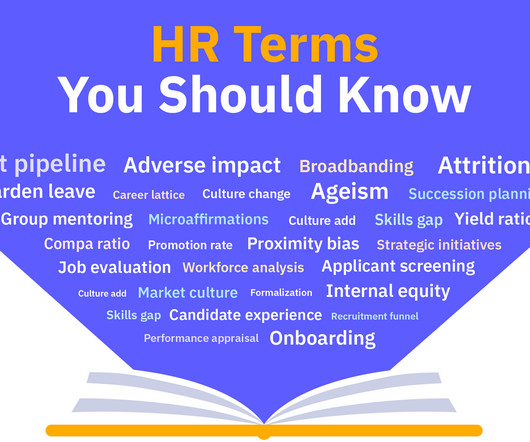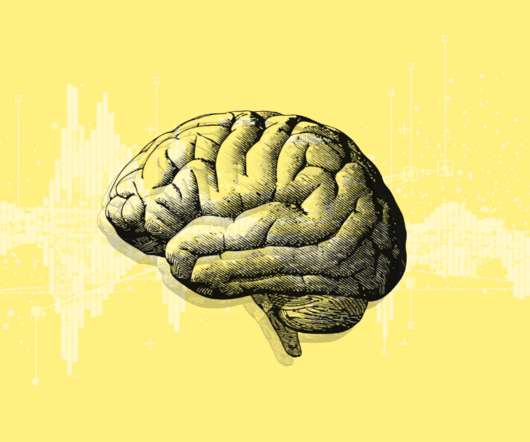10 vital HR metrics to track for your business
Business Management Daily
JANUARY 20, 2023
Rigolizzo about what HR professionals need to know about this vital tool. Dr. Rigolizzo: Particularly within HR, data analytics is essential and not something HR has traditionally used as a key tool, but the use of data to make decisions is becoming commonplace, and therefore HR data analytics careers are in high demand.
















Let's personalize your content